The Art of Strategic Silence (And Why It Won’t Kill You)
Why Parents Are Terrified of Quiet Moments
Let’s be honest: silence makes most parents incredibly uncomfortable. We’ve been conditioned to think that good parenting means filling every moment with teachable opportunities, helpful observations, or at minimum, background commentary that would make a sports announcer jealous. “And here’s little Timmy approaching the cereal cabinet… oh, what’s this? He’s reaching for the sugary stuff again! Will Mom intervene? Stay tuned!”
But here’s something that might shock you more than finding your teenager’s room actually clean: sometimes the most powerful thing you can do as a parent is absolutely nothing. Yes, you read that correctly. Sometimes the best parenting tool in your arsenal is your ability to zip it.
The Impulse to Fill Every Gap
Picture this scenario: Your eight-year-old trudges through the door after school, backpack dragging behind them like a defeated soldier’s weapon. They slump into a chair and announce, “Nobody wanted to play with me at recess today.”
Your parental instincts immediately kick into overdrive. Your brain starts firing solutions like a popcorn machine: “Have you tried talking to your teacher?” “Maybe you should find different friends to sit with at lunch.” “When I was in third grade, I had a similar situation, and here’s what I did for the next forty-five minutes while you slowly lose the will to live…”
Sound familiar? We’ve all been there, armed with our well-intentioned advice cannons, ready to blast away our children’s problems with the force of our accumulated wisdom.
The Magic of Strategic Silence
But what if, instead of filling that pause with your brilliance, you just… waited? What if you let the silence stretch for a few seconds and see what happens? I know, I know – it sounds about as comfortable as wearing a wool sweater in July, but bear with me.
This concept comes from the world of professional negotiation and therapy, where silence is recognized as one of the most powerful tools for encouraging people to share more. When we rush to fill quiet moments, we often rob the other person of the chance to go deeper into their thoughts or feelings. It’s like interrupting someone mid-sentence, except we’re interrupting their emotional processing.
Think of it this way: imagine you’re pouring water into a glass, but someone keeps topping it off before it’s full.
Your child’s thoughts and feelings are like that water – they need space to reach their natural level. When you immediately respond with advice or your own stories (particularly the ones that start with “When I was your age, we walked uphill both ways to school…”), you’re essentially interrupting their natural flow of expression.
The Three-Second Rule That Changes Everything
Here’s a practical tip that works wonders and costs absolutely nothing (unlike that expensive parenting book you bought and never finished): after your child finishes speaking, count to three in your head before responding. This tiny pause gives them permission to add more if they want to, and it gives you time to actually process what they’ve said instead of just waiting for your turn to talk like you’re at a particularly competitive dinner party.
You’ll be amazed at what happens in those three seconds. Often, your child will continue talking, sharing details or feelings they might not have revealed if you’d jumped in immediately. Sometimes they’ll work through their own solution. Other times, they’ll just feel heard – which, let’s face it, is something we all crave more than a hot cup of coffee and five minutes of peace.
The Science Behind the Silence
Research shows that children need processing time to organize their thoughts and feelings. When we immediately respond with solutions, we’re essentially teaching them that their problems are simple and can be quickly fixed by someone else. But when we give them space to think, we’re teaching them that their thoughts matter and that they’re capable of working through challenges.
Dr. Patty Wipfler, founder of Hand in Hand Parenting, explains that children often know what they need – they just need the space and support to figure it out. By rushing in with our adult solutions, we might be solving the immediate problem but missing the opportunity to build their confidence and problem-solving skills.
Practical Strategies for Embracing the Pause
The Car Sanctuary: Try this during your next car ride – instead of filling the space with music or your greatest hits playlist of “How was school?” questions, just drive in comfortable silence. You might be surprised by what your children choose to share when they’re not competing with external noise or feeling pressured to respond to your interrogation… I mean, loving inquiries.
The Bedtime Buffer: After your child shares something about their day, resist the urge to immediately respond with advice or your own similar experience. Instead, try phrases like “Tell me more about that” or “That sounds really hard” and then wait. The nighttime darkness often makes children feel safer to share deeper feelings.
The Kitchen Counter Confessional: Some of the best conversations happen when children are engaged in routine activities. While they’re doing homework or having a snack, be nearby but not hovering. When they start talking, listen without immediately jumping into problem-solving mode.
When Silence Feels Scary
Let’s address the elephant in the room: silence can feel terrifying for parents. We worry that if we don’t immediately address every issue, we’re being negligent. We fear that our children will think we don’t care or don’t have answers. But here’s the truth – children often don’t need us to have all the answers. They need us to believe in their ability to find some answers themselves.
Think of yourself as a supportive audience rather than the director of their life play. Sometimes the most powerful thing you can say is nothing at all, followed by “What do you think you might try?” or “How did that make you feel?”
The Ripple Effect of Strategic Silence
When you master the art of strategic silence, you’re not just improving communication with your child – you’re modeling an important life skill. You’re showing them that it’s okay to pause, to think, to feel. In our rapid-fire world of instant responses and immediate gratification, giving someone the gift of patient listening is revolutionary.
You’re also likely to discover that your relationship with your child deepens. When children feel truly heard rather than immediately advised, they’re more likely to continue sharing with you as they grow older. And trust me, you want to be the person they come to with their problems when they’re teenagers, not the person they hide things from because they know you’ll launch into lecture mode.
Your Action Plan for This Week
Start small. Pick one conversation this week where you’ll practice the three-second rule. Maybe it’s during the drive home from school, or during dinner, or at bedtime. When your child shares something, count to three before responding. Notice what happens in that space.
Remember, you’re not becoming a silent parent – you’re becoming a more intentional one. You’re choosing when to speak and when to listen. You’re giving your child the gift of feeling heard and the confidence that comes with working through their own thoughts.
And if all else fails, remember that strategic silence is excellent practice for when your teenager inevitably tells you their room is “clean enough” or that they “forgot” about their project that’s due tomorrow. At least you’ll have mastered the art of the meaningful pause before you respond with whatever it is parents say in those moments (probably something about responsibility and natural consequences, but with more dramatic sighing).
The bottom line? Sometimes the most powerful thing you can say is nothing at all. Your children will thank you for it – maybe not immediately, but eventually.
And isn’t that what parenting is all about? Playing the long game, one strategic silence at a time.

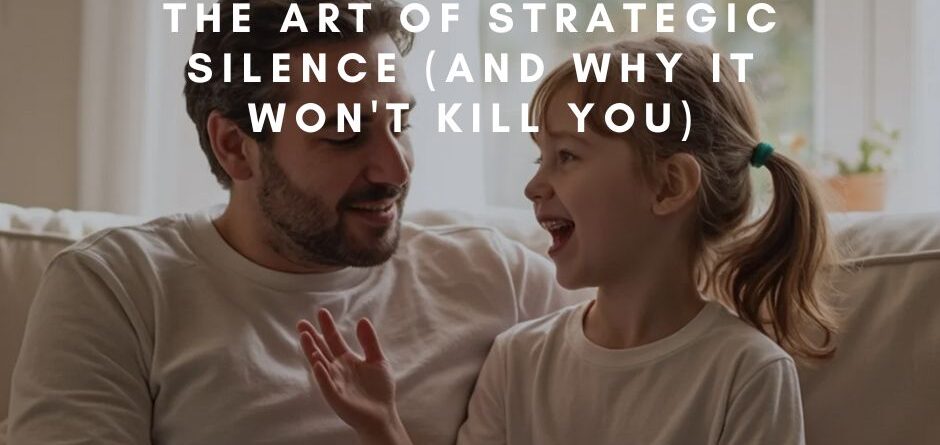

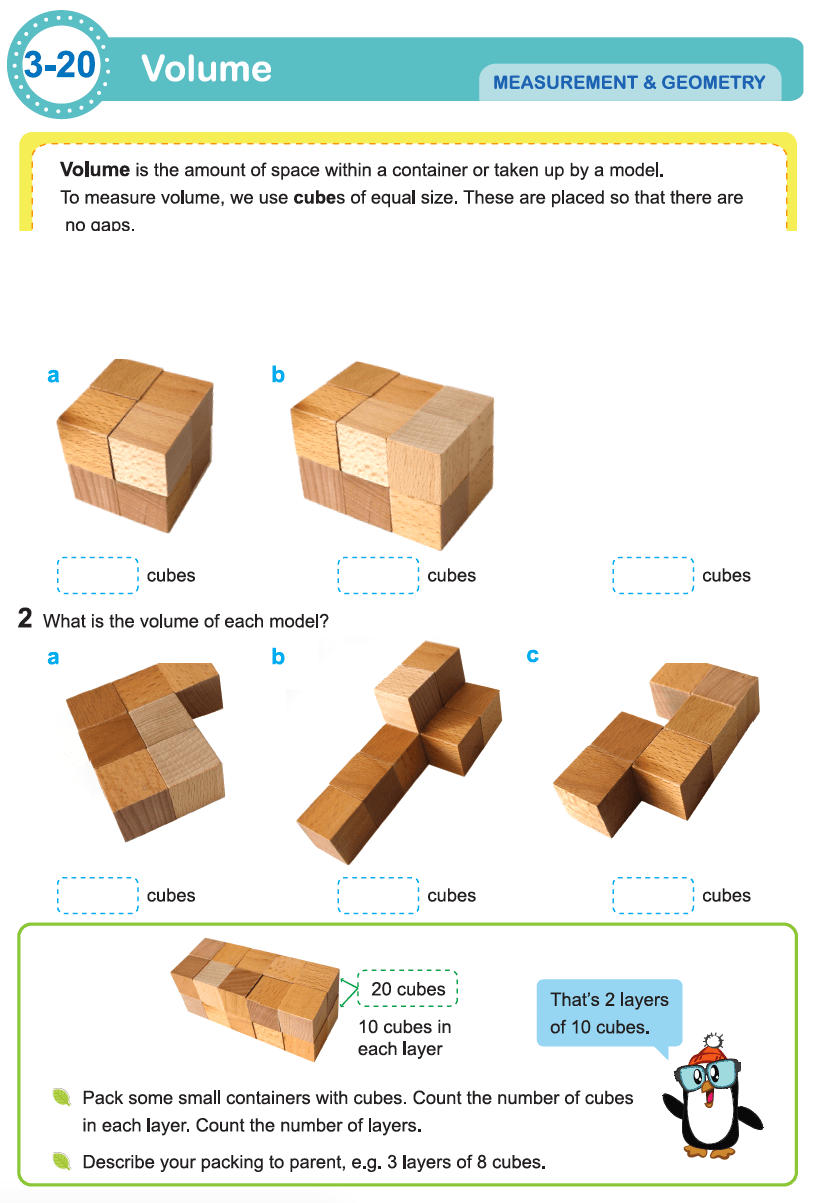
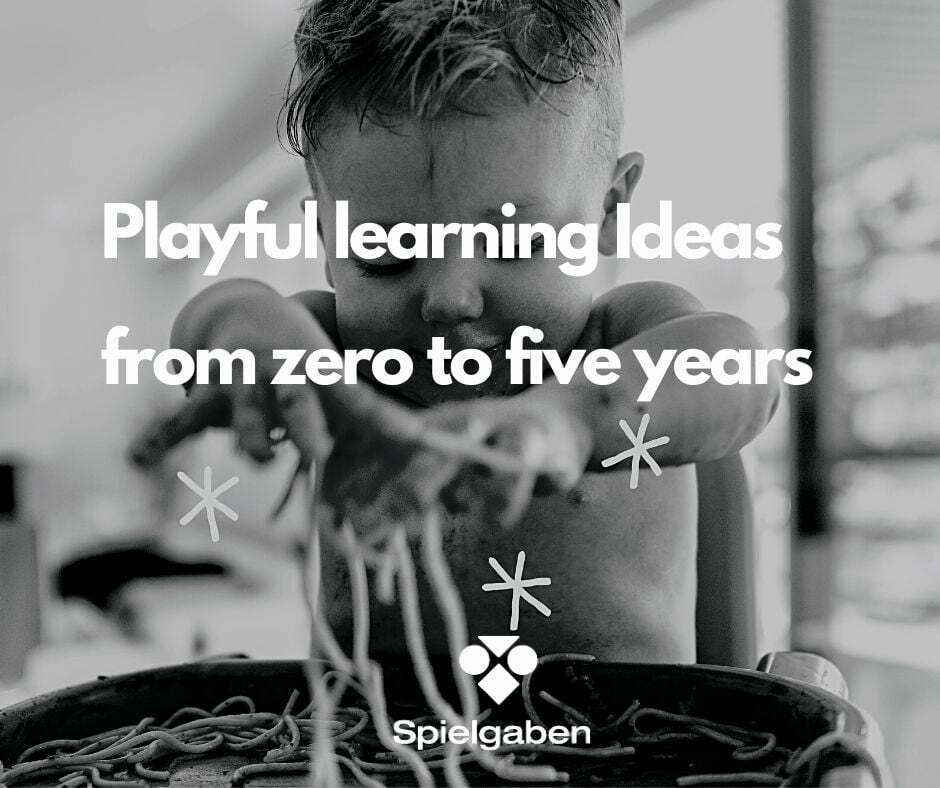
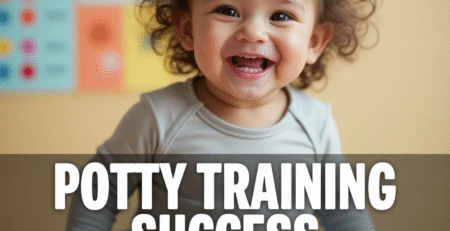


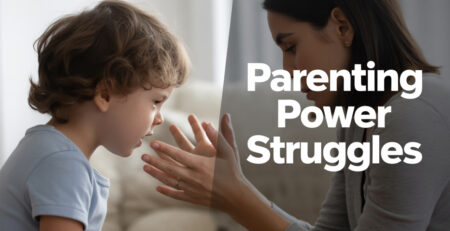
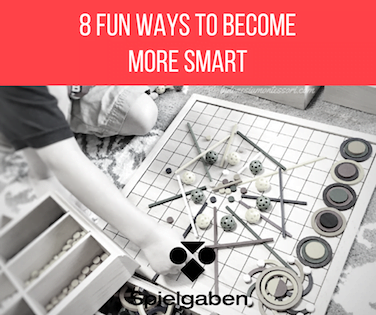
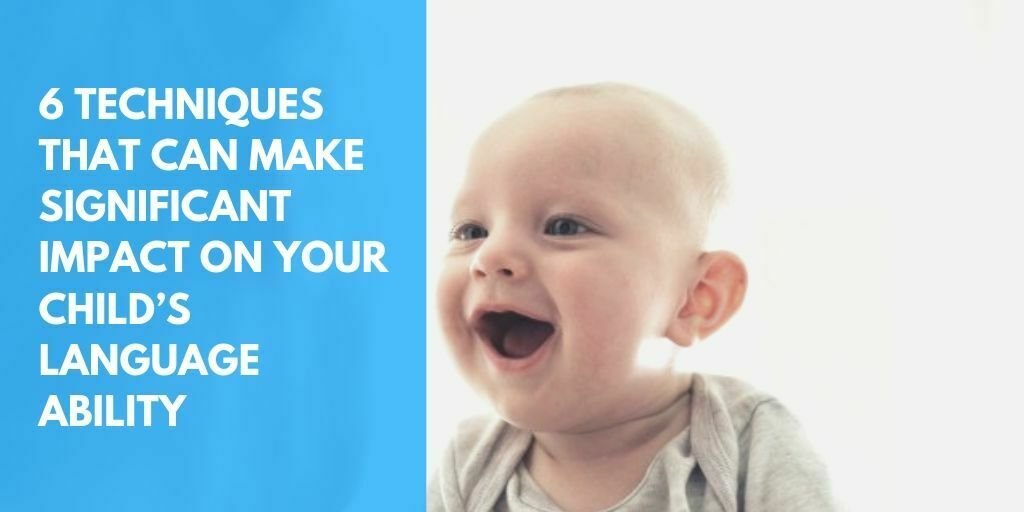
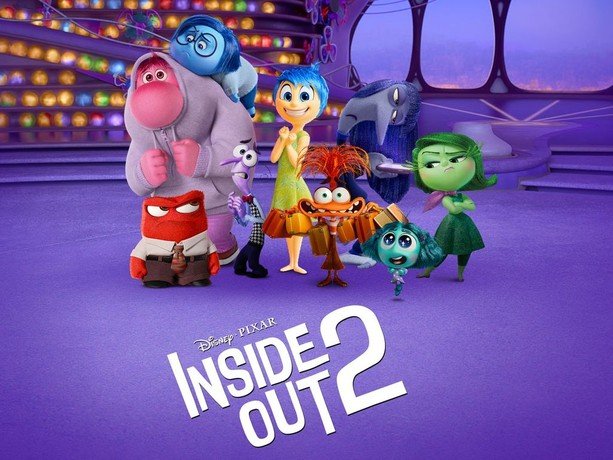

LEAVE A COMMENT